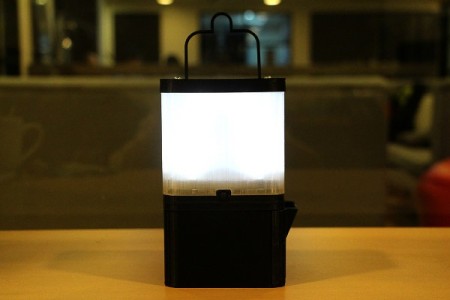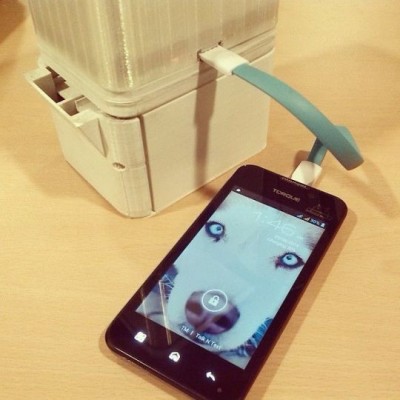August 18, 2015 – It goes by the acronym SALt. It is the invention of a brother and sister from the Philippines. And it is an answer to a long enduring problem in the Developing World, providing light after dark when you have no access to power from a local or national grid.
Aisa and Raphael Mijeno created and launched their invention, SALt, standing for Sustainable Alternative Lighting, last year.
Aisa, who is the sister in this family act, has an engineering degree and is on the faculty at De La Salle University – Lipa. As a member of Greenpeace she was inspired to invent the lamp while visiting the Buscalan, a mountain tribe in Kalinga, the Philippines. Being off the grid, the Buscalan were using kerosene lamps for interior lighting. To get kerosene it meant traveling for several hours to find a source and then hiking back to their mountain homes. The kerosene was also a fire and health hazard.
Raphael’s contribution has been on the business side. He has a Bachelor of Science in Business Management with a background in accounting, finance and sales. He is big on social engineering and startups.
How does SALt work?
The lamp consists of a multiple-LED light fixture and two metal electrode rods immersed in a small receptacle of water to which two teaspoons of salt are added. If you live by the ocean SALt runs on plain ocean water. The ratio of salt to water at 35 parts per thousand is perfectly adequate. A bottle of seawater in reserve and you can operate the lamp continuously. Just replace the seawater electrolyte.
The electrodes are made of two different metals, composition not disclosed, with the lamp deriving its power from what appears to be a saltwater battery. Metal anodes contact the saltwater electrolyte. This leads to the emission of free electrons which travel between the two electrodes generating the current which then is transmitted by wire to power the LEDs. The prototype features a USB port to do double duty, recharging a smartphone or providing power to other small electronic devices. A single glass of sea or saltwater provides up to 8 hours of light. The electrodes need replacement on average every 6 months. Current estimated cost to NGOs – about $20 U.S. Initial production, about 600 units to go to local Philippine communities. Future plans include larger production and distribution including online purchasing.
SALt is one of a number of innovative gadgets, that I have previously described at this blog site, aimed at solving the problem of between 1.1 and 1.5 billion living without access to reliable and continuous electricity. Other innovative solutions are deploying inexpensive, portable and maintainable renewable energy for isolated communities. The World Bank identifies affordable, sustainable energy as the single most compelling issue to help people rise out of poverty.
SALt could be part of an elegant and inexpensive solution. On their website the brother and sister state, “This isn’t just a product. It’s a social movement.”











